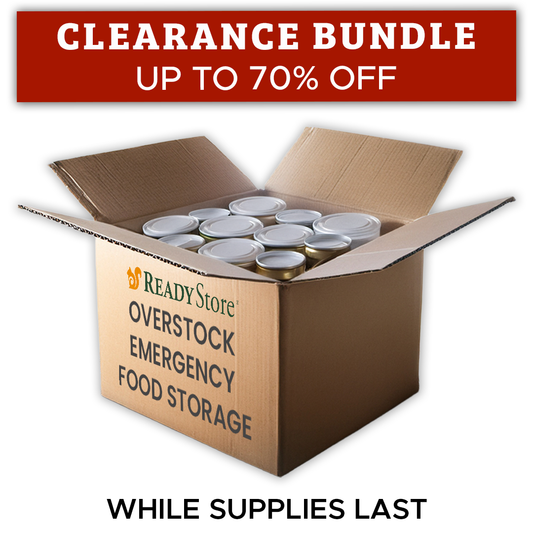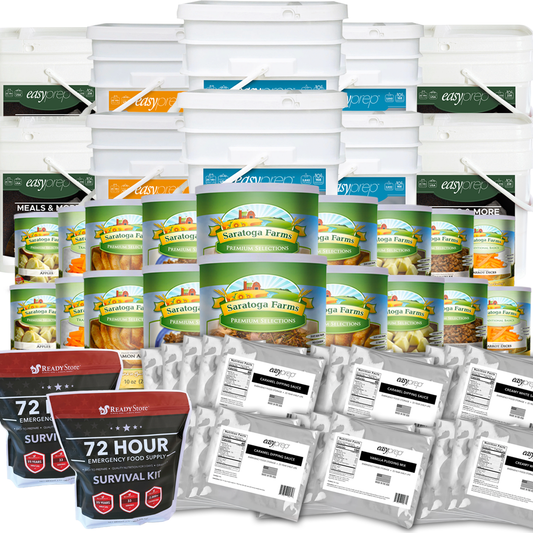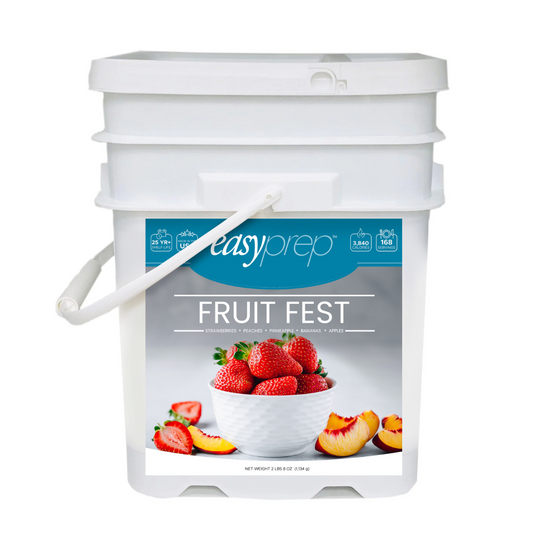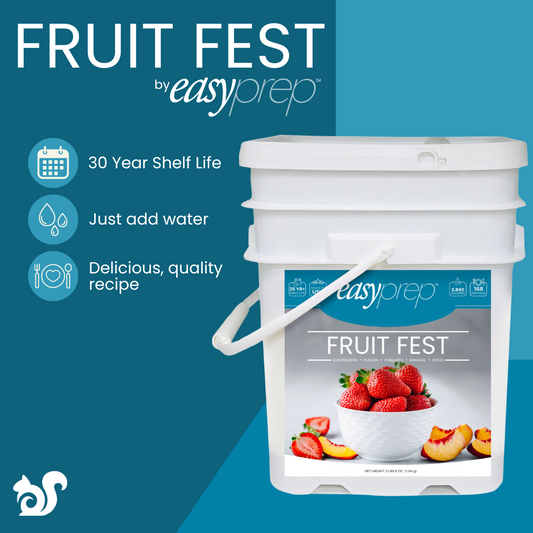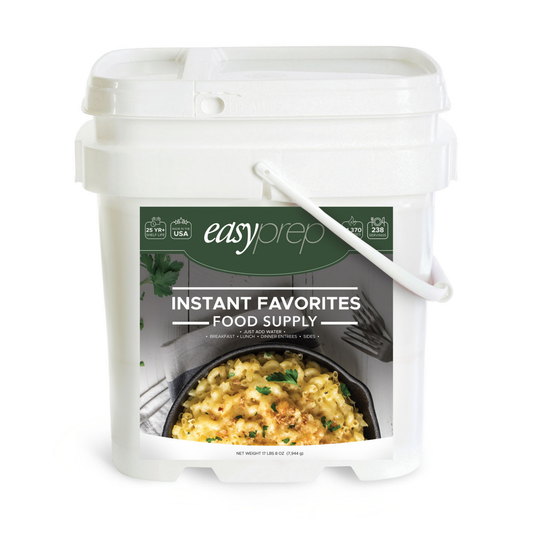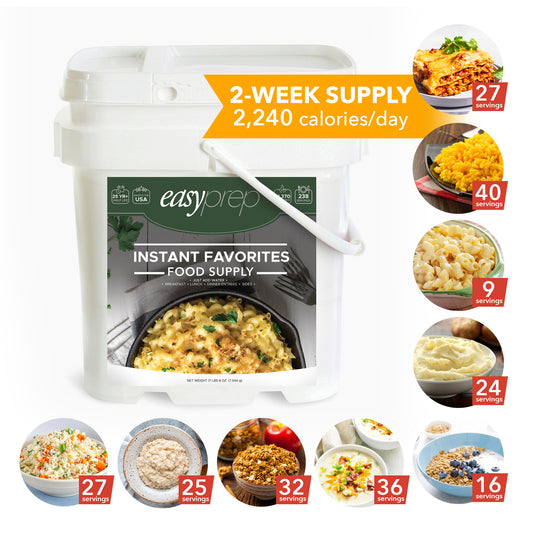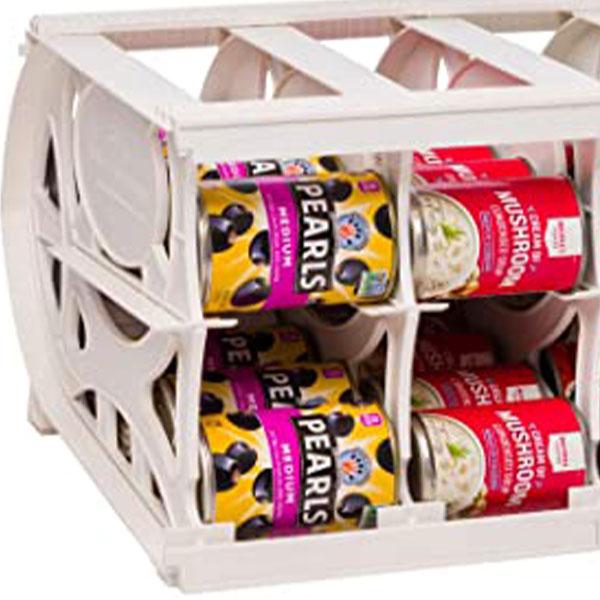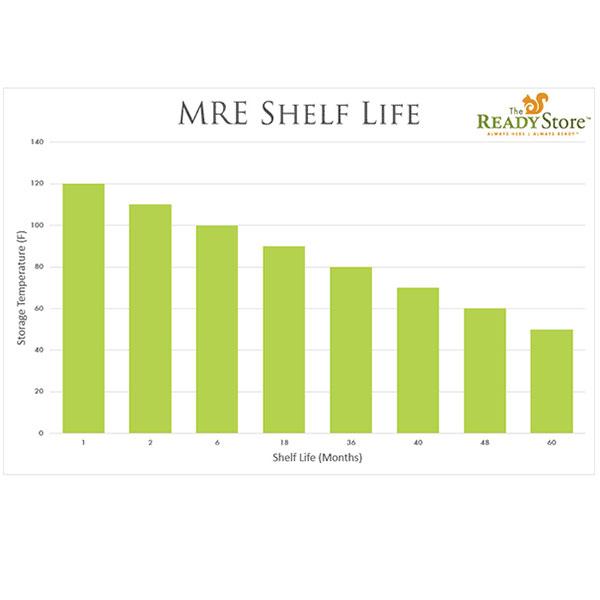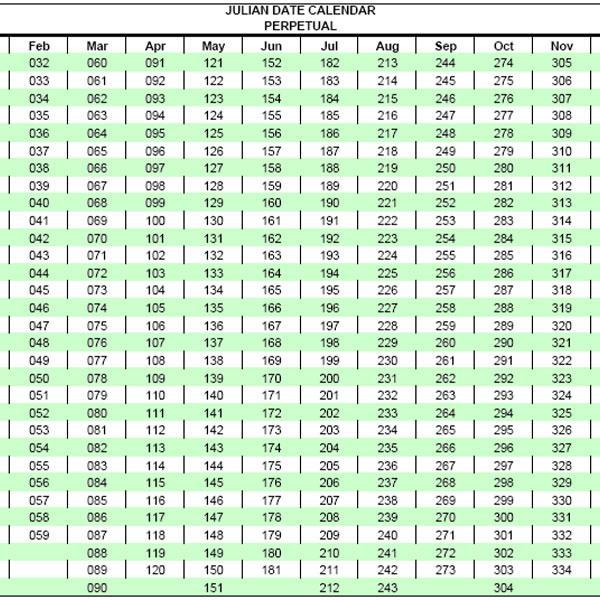One of the most common questions we get is: "What is the shelf life of a #10 can once it is opened?" In this post, we'll break down general tips and best practices for freeze-dried, dehydrated, and dried foods to help you store your food correctly and extend its shelf life.
General Tips for Opened Food Storage
With all kinds of food, shelf life is impacted by three key factors:
- How long the food has been opened
- Exposure to oxygen and moisture
- Heat and storage conditions
Higher temperatures speed up nutrient loss and spoilage, while oxygen and moisture accelerate degradation. For best results, store opened food in a cool, dark place and use an airtight container. The plastic lid that comes with a #10 can is usually sufficient.
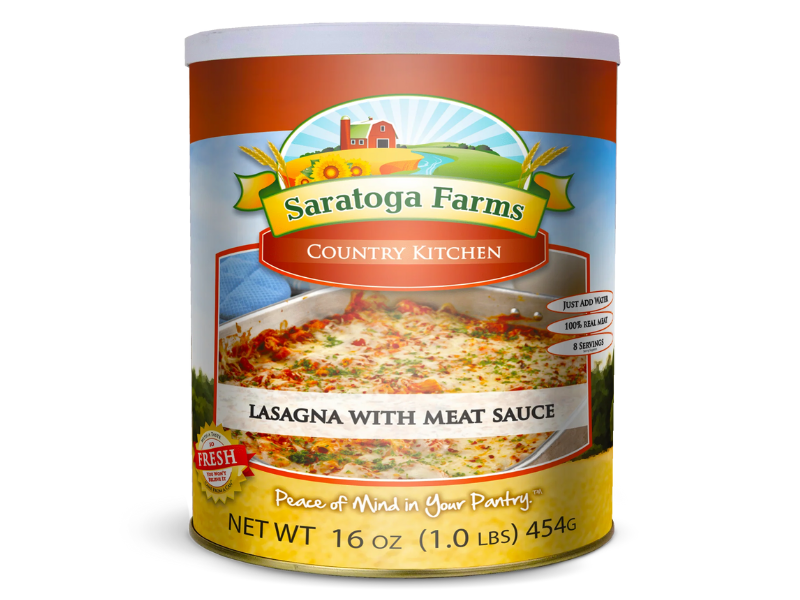 During the freeze-drying process, oxygen and water are carefully removed, creating an environment where food can last decades. However, once the can is opened, air and humidity begin to degrade the food quality.
During the freeze-drying process, oxygen and water are carefully removed, creating an environment where food can last decades. However, once the can is opened, air and humidity begin to degrade the food quality.
To maintain freshness, use the plastic lid to minimize exposure. With proper care, opened freeze-dried food will remain good for 6 to 12 months. There’s no need to refrigerate an opened can, but prepared food (reconstituted with water) should be treated like any perishable and refrigerated.
Signs of spoilage: If the freeze-dried food becomes chewy or gummy, it may have absorbed excess moisture and lost its integrity.
Dehydrated Food: Shelf Life and Best Practices
Dehydrated food is similar to freeze-dried food, but the moisture is removed more quickly, which can make rehydration slower. If stored properly, an opened can of dehydrated food will last for 3-12 months.
Dried Food: Shelf Life and Storage
Staples like dried grains, beans, and rice can last for years even in an opened can. As long as you store them correctly — in a cool, dry, and dark space with a secure lid — they remain safe to eat for extended periods.
Conclusion
Understanding how to store opened #10 cans of food will help you maximize their shelf life and reduce waste. Whether you’re dealing with freeze-dried, dehydrated, or dried foods, the key is minimizing exposure to oxygen, moisture, and heat.
For more food storage tips and preparedness advice, stay tuned to our blog!

